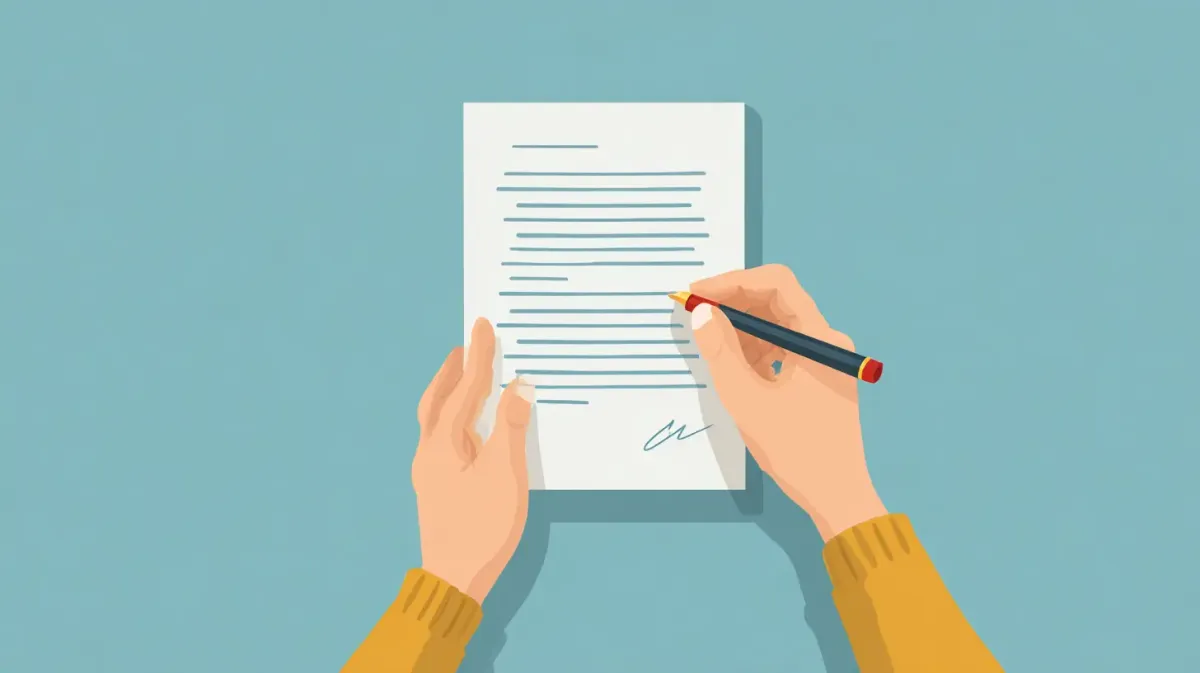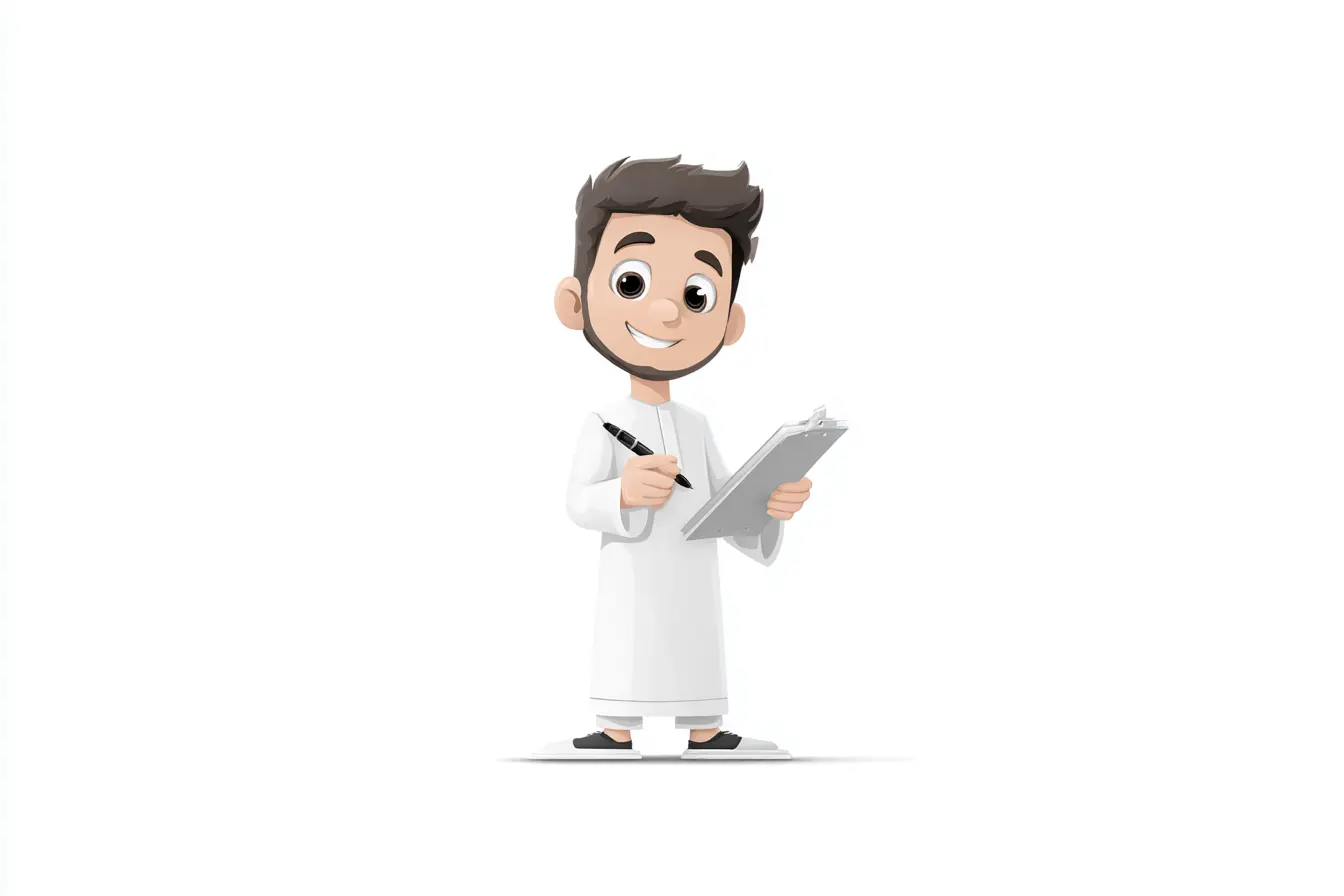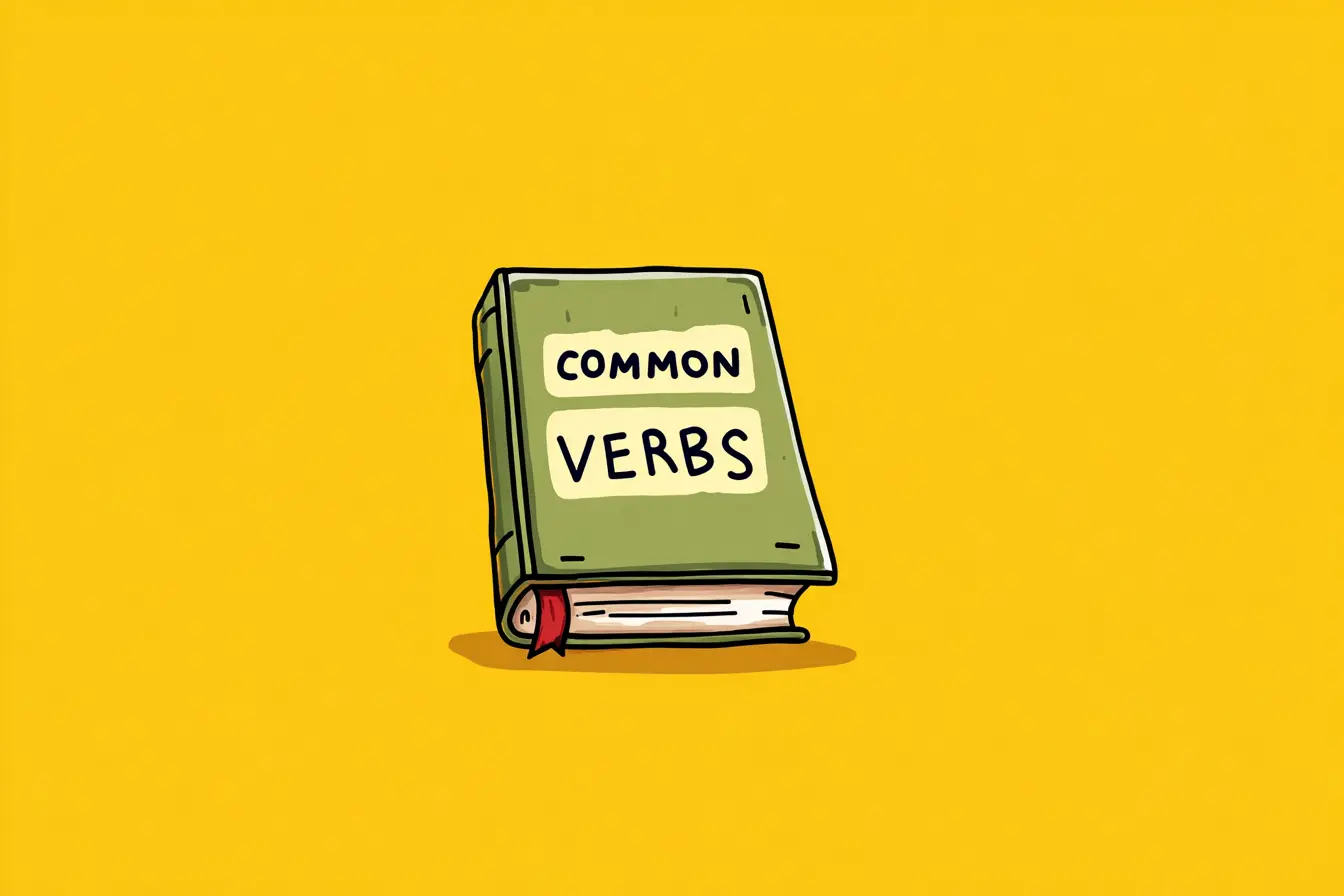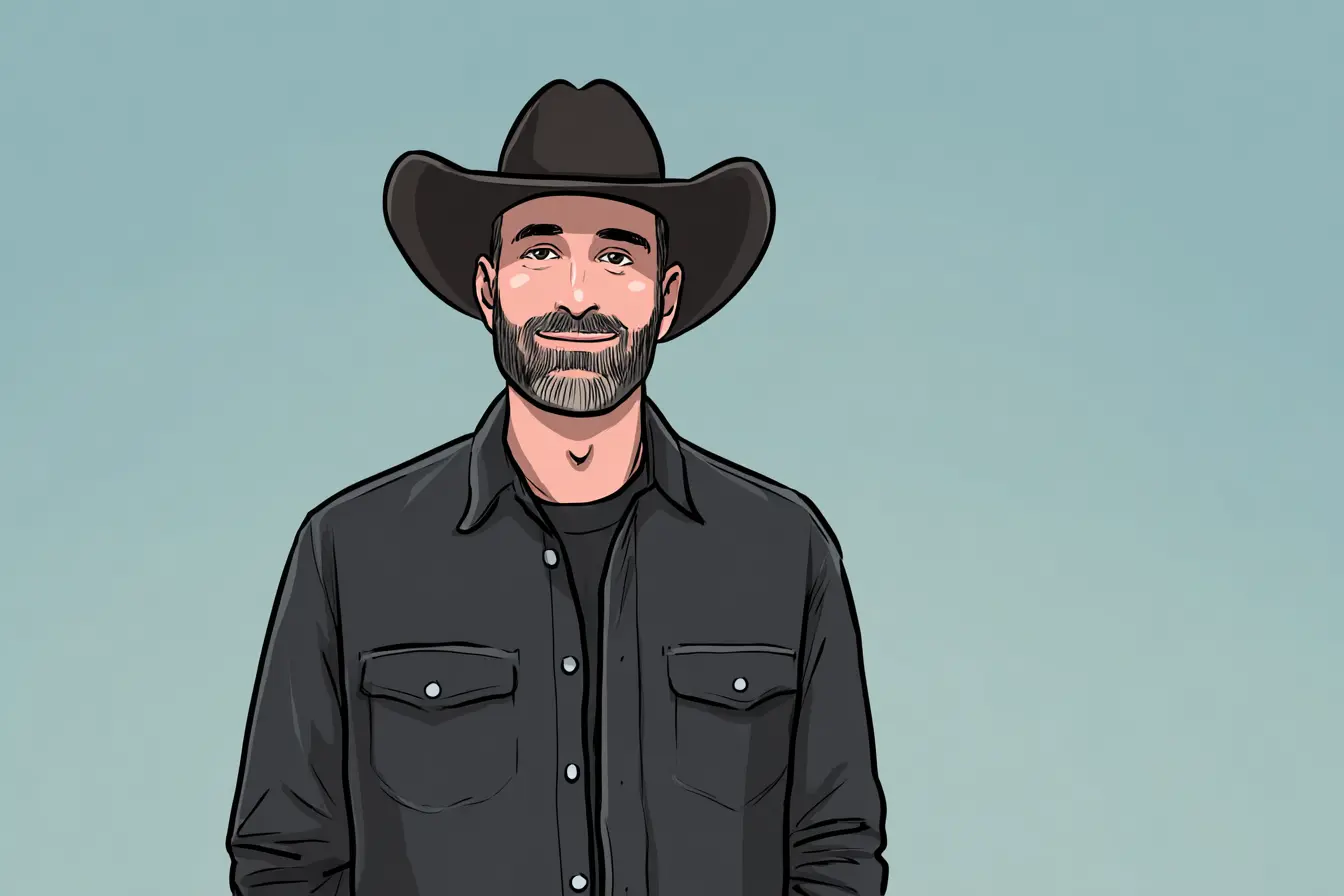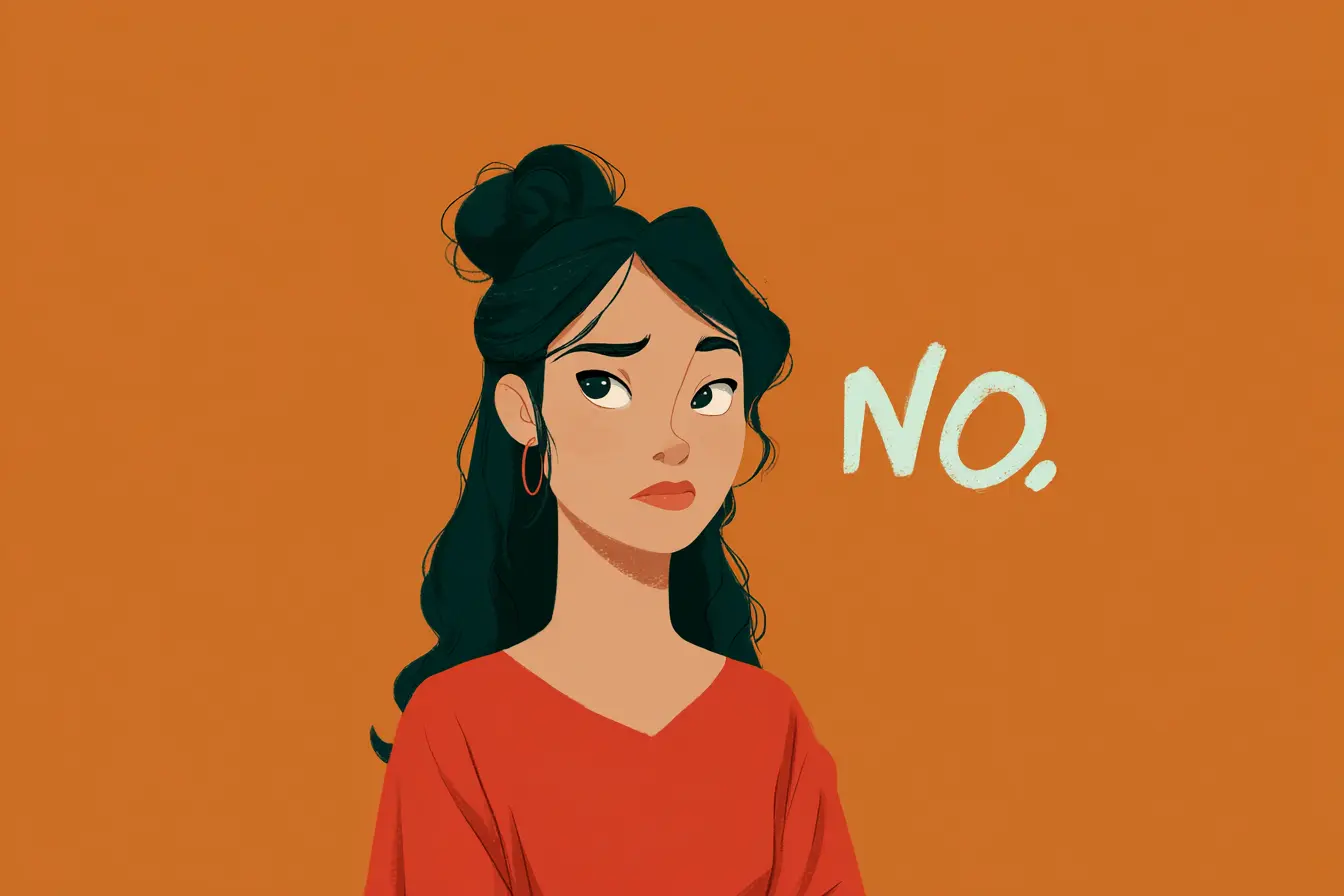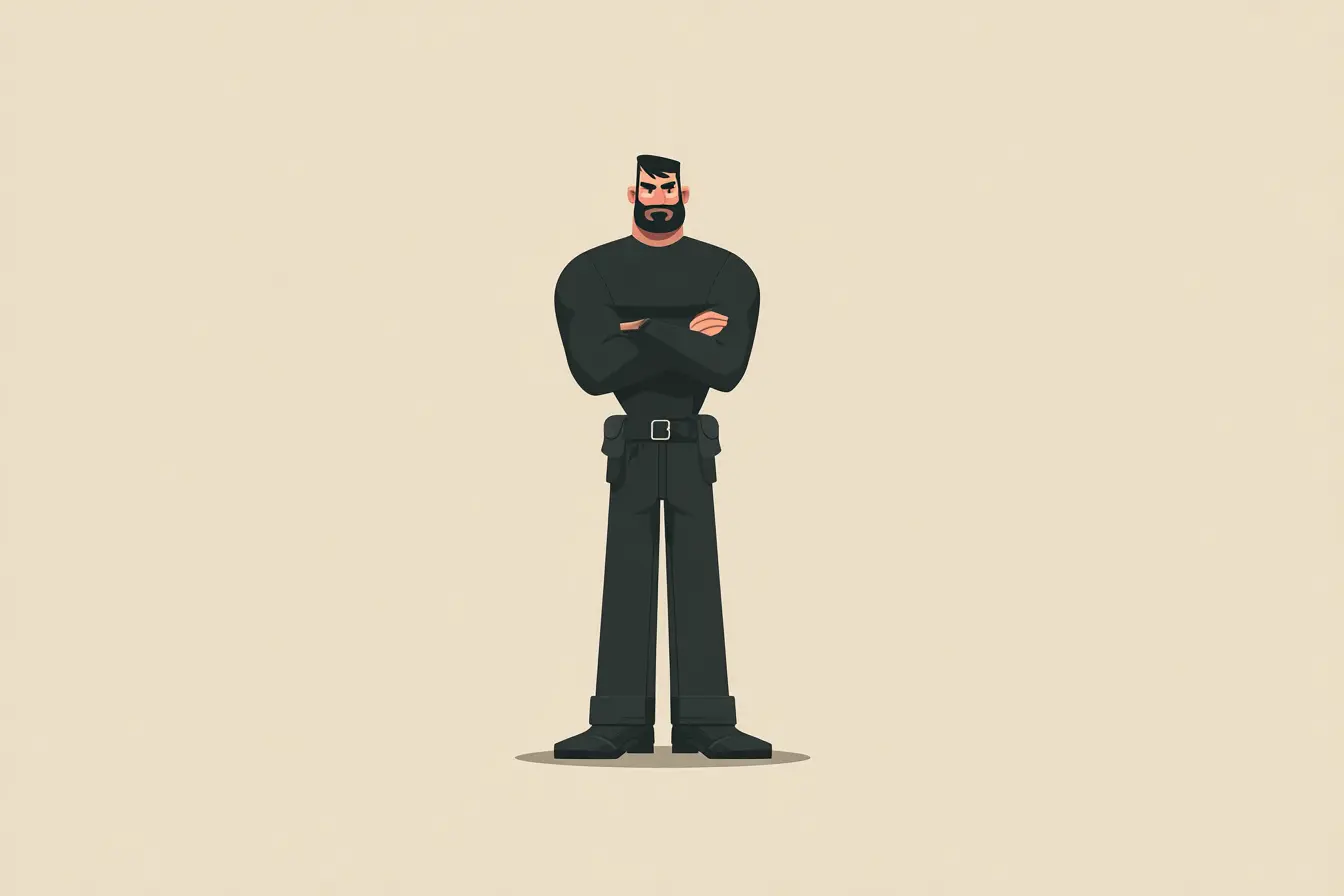Writing a cover letter can feel like trying to impress someone on a first date using only one page of carefully chosen words. Tricky? Yes. Impossible? Not at all.
If you're applying for your first internship, switching careers, or going for that dream job, your cover letter is your personal pitch. It tells hiring managers why they should care about your resume and you. So, let’s break down what actually makes a good cover letter and how to write one that works.
What Is a Cover Letter (and Is It Even Necessary?)
A cover letter is a short, professional document you send with your resume to introduce yourself, highlight relevant skills, and explain why you’re the right fit for a role.
But… is a cover letter necessary in the age of LinkedIn, online applications, and AI?
Short answer: usually, yes. Many employers still expect one, especially when hiring for competitive positions. A well-written letter shows effort, motivation, and personality. It can tip the scale in your favor.
How to Write a Cover Letter: Step-by-Step Guide
If you want to know how to write a cover letter that won’t be ignored, here’s a simple, practical roadmap.
Step 1: Understand the Purpose
Before you write a single word, know this: your goal is to connect the dots between you and the job. Every sentence should answer this silent question from the reader: Why should I hire you?
Step 2: Format It Like a Pro
Wondering how to format a cover letter? Use a clean, business-style layout:
- Your contact info at the top
- The date
- Employer’s name and title
- Company name and address
- Salutation
- 3–4 paragraphs of content
- Closing and signature
Keep it neat. One page only. Think “professional and easy to skim”.
Step 3: Personalize the Greeting
To show you know how to address your letter properly, avoid “To Whom It May Concern.” If possible, find the hiring manager’s name. If not, try “Dear Hiring Manager” or “Dear [Department] Team”.
Step 4: Start Strong
Curious about how to start a cover letter? Don’t repeat your resume. Open with a hook, something that shows you’re genuinely interested and already familiar with the company.
Example:
I’ve followed [Company Name]’s mission to redefine sustainable fashion since your 2022 campaign launched, and I’d be thrilled to bring my branding experience to your marketing team.
Step 5: Highlight Your Value
In the next 1–2 paragraphs, show how your background matches the role. Use keywords from the job description, and be specific. Whether you’re learning how to write a cover letter for a job or how to write a cover letter for an internship, the formula stays the same: relevant experience + enthusiasm + fit.
Step 6: Show Culture Fit
A great cover letter doesn’t just list skills; it shows personality. Are you creative? Analytical? Empathetic? Make sure the tone matches the company culture.
Step 7: End with Confidence
Wondering how to end a cover letter? Don’t just say “thanks”. Instead, end with a call to action or a note of excitement.
Example:
I’d welcome the opportunity to discuss how my data-driven approach could support your team’s growth. Thank you for your time and consideration.
Step 8: Proofread and Polish
Spelling errors? Game over. Read it aloud. Use tools like Grammarly. Or, if you're curious about using AI for a cover letter, consider having your draft reviewed by smart writing assistants, just don’t let them do all the work for you.
Cover Letter Do's and Don'ts
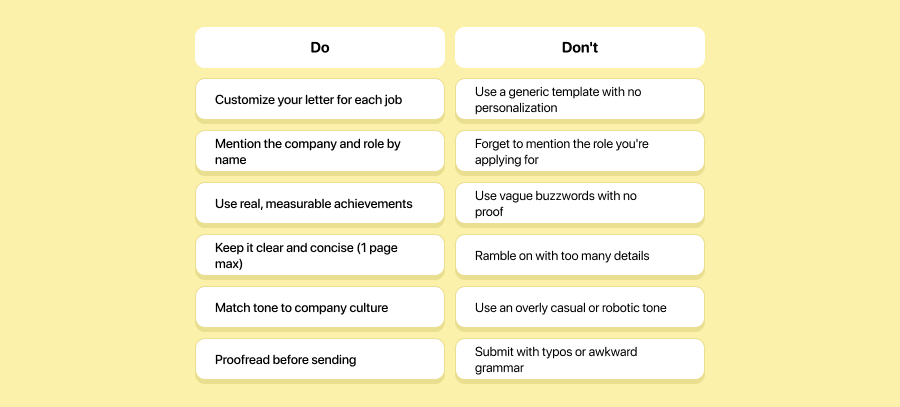
What to Include in a Cover Letter (And What to Leave Out)
✅ Do include:
- A specific job title and company name;
- Key accomplishments (measurable ones are gold);
- Why you want this role and not just any role;
- A strong closing statement.
❌ Don’t include:
- Generic buzzwords with no proof (“hardworking,” “team player”...);
- Your entire life story;
- A copy-paste of your resume.
Key Parts of a Good Cover Letter
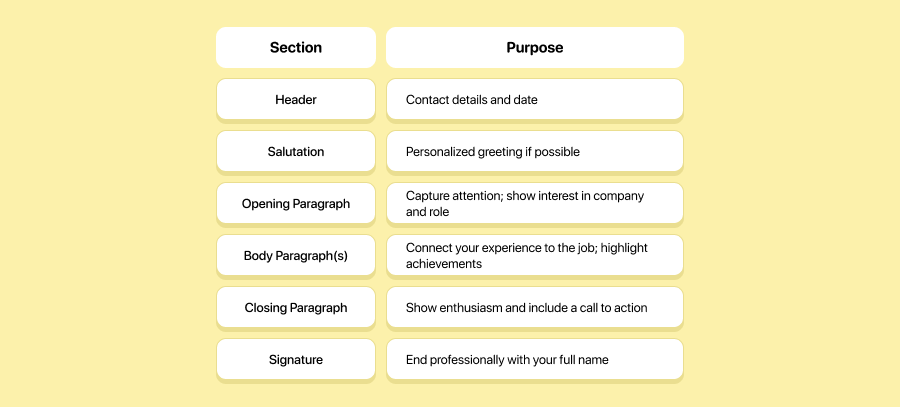
How Long Should a Cover Letter Be?
Aim for one page, around 250–400 words. That’s enough to say something meaningful while staying respectful of the reader’s time.
Cover Letter Example That Actually Works
Here’s a short sample to guide you:
Dear [Hiring Manager],
As a lifelong learner with a passion for technology and teaching, I was thrilled to see your opening for an E-learning Content Creator. With 3+ years of experience designing engaging online lessons, I believe I’d be a strong fit for your mission to make education accessible for all.
At XYZ Company, I launched a microlearning series that boosted course completion rates by 40%. I’m excited to bring the same data-driven creativity to your team.
I look forward to the chance to contribute and grow with you. Thank you for considering my application.
Best regards,
Jane Doe
Final Tips to Make Your Cover Letter Stand Out
- Customize every single letter to the job;
- Use the same font and header style as your resume;
- Match your tone to the company’s culture (formal, creative, bold?);
- Add a P.S. to highlight something surprising or impressive. It works!
Mastering the art of the cover letter is one of the easiest ways to make your job application stand out. Take the time to get it right, and you’ll be miles ahead of everyone who didn’t.
FAQ
1. Can I use the same cover letter for every job?
Not if you want to stand out. Hiring managers can spot a copy-paste letter a mile away. Tailor each cover letter to the specific job and company: mention the role, align your experience with the job description, and show you’ve done your research.
2. Should I mention things not included in my resume?
Yes, absolutely. Your cover letter’s purpose is to complement your resume, not repeat it. Use it to share a story, motivation, or achievement that didn’t fit on your CV but adds value to your application.
3. Can I write my cover letter with AI tools?
You can use AI to brainstorm structure, tone, or phrasing, but don’t rely on it entirely. Hiring managers want your voice and your story. Use AI to assist, not to replace your effort and authenticity.
